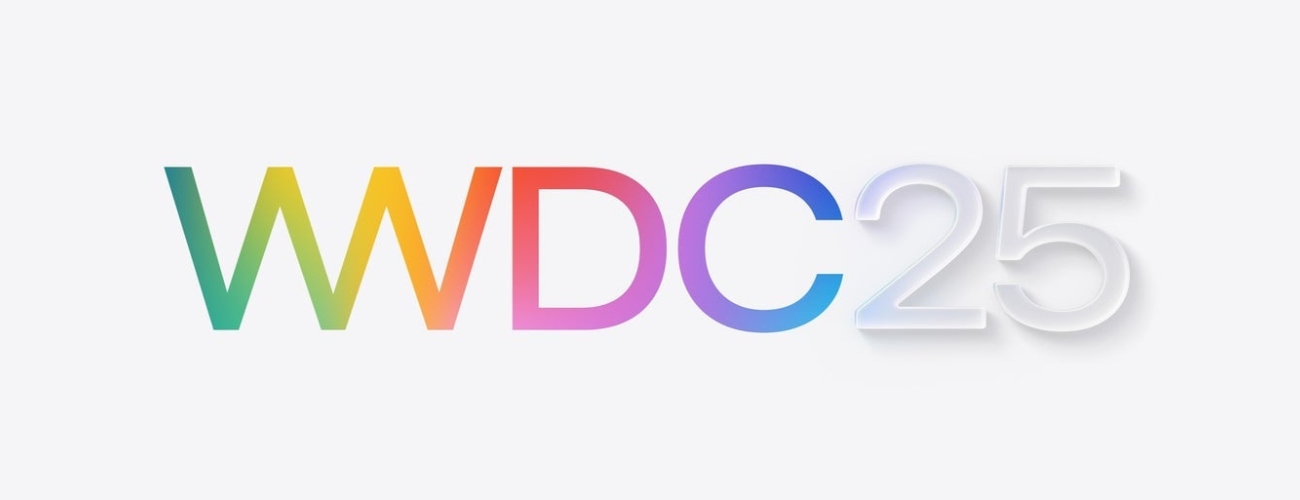Summary: Running Apple Search Ads without visibility into your organic performance? You could be paying for installs you’d get anyway. This article explores how to spot signs of ASA cannibalisation, test for true incrementality, and make smarter decisions around brand bidding, spend levels & keyword strategy. Plus, we unpack how AI-powered discovery tools like ChatGPT are creating a whole new layer of cannibalisation marketers can’t afford to ignore.
Apple Search Ads (ASA) have become a go-to channel for app marketers looking to boost visibility and drive performance on the App Store. When done right, ASA can unlock fast, targeted growth, but when left unchecked, it can also start eating away at the very thing it’s meant to complement: your organic installs.
This isn’t just a budget efficiency issue. It’s a strategy issue. If your paid and organic efforts are pulling in the same users, and you’re paying for traffic you could have acquired for free, you’re not accelerating growth. You’re just shifting the source. And in a world where user acquisition costs continue to climb, that matters.
In this article, we’re looking at how to spot signs of cannibalisation between ASA and App Store Optimisation (ASO), how to test for true incrementality, and how to make sure your paid spend is actually driving growth, not just disguising it.
What is cannibalisation and why does it matter?
Cannibalisation happens when paid installs start replacing installs that would have come in organically. You’re still getting downloads, but the total number doesn’t increase, despite the fact that you’re now paying for part of the traffic.
It’s surprisingly common, particularly for apps that already rank well organically or have strong brand recognition. For example:
- A user searches your app’s name (e.g. “Calm”), sees your ASA ad, and taps it.
- That install is attributed to ASA.
- But in reality, that user would likely have downloaded your app regardless.
On the surface, ASA appears to be delivering results. But dig deeper, and the real story is that you’re funding installs you were already set to win.
This matters for two reasons:
- Wasted spend – your media spend rises while actual growth flatlines
- Skewed data – it becomes harder to evaluate what’s working across your wider growth strategy.
How to spot the signs of cannibalisation?
One of the most common indicators is a lack of uplift in total installs, even as your ASA activity increases.
Other red flags include:
- Little to no change in keyword ranking or category performance, despite increased spend
- Fluctuations in organic performance that correlate directly with ASA bid changes
It’s worth paying particular attention to branded campaigns. Many teams bid on their own brand terms for defensive reasons, which can be valid, but also often end up paying for installs they were always going to get organically.
The incrementality test: how to know what’s really working
To get clarity, you’ll need to run a controlled test – dialling back spend and analysing what happens across both paid and organic channels.
Here’s a simple framework:
- Pick a keyword or group of terms where there’s known overlap (e.g. branded terms or high-performing generic keywords).
- Reduce or pause spend on those terms for a fixed period, ideally 7–14 days to capture a fair volume of data.
- Track performance across three key areas:
- Total installs (paid + organic)
- Organic CVR (although subject to fluctuations)
- Keyword ranking & visibility
- Analyse the results.
- If installs remain steady: paid activity was likely cannibalising organics.
- If installs drop: paid activity was adding incrememtal value.
- If keyword ranking tank: your paid performance may have been helping support organic visibility
The goal isn’t just to cut spend – it’s to understand where your paid media is genuinely moving the needle.
Why adjacent metrics matter
While install volume is the clearest indicator of incrementality, it’s not the whole picture. You also need to keep an eye on adjacent performance metrics that can tell you how your presence in the store is changing over time.
These include:
- Keyword ranking – both paid and organic rankings can shift when spend changes.
- Conversion rate (CVR) – if CVR drops as paid traffic increases, it may indicate misaligned creative or targeting.
- Impression share & top-of-page rate – which can help assess competitiveness and paid visibility.
Together, these signals give you a more complete view of what ASA is doing – not just what it’s costing.
Check out our glossary for a breakdown of these terms.
So, should you stop bidding on brand?
Not necessarily. There are valid reasons to run ASA on branded terms:
- Protecting your brand from competitors who are bidding aggressively on your name
- Controlling the narrative with updated screenshots, seasonal creative, or promo-led Custom Product Pages
- Testing new messaging without disrupting your core organic listing
But the key is to be intentional. If you’re going to bid on your brand, understand the trade-offs and make sure you’re measuring the impact beyond the ad dashboard.
The bigger picture: ASA & ASO should work together
Ultimately, paid and organic shouldn’t exist in isolation. ASA can be used to test messaging, boost relevance signals, and strengthen visibility – when used alongside a strong ASO foundation. But that only works when the two are viewed as complementary parts of a wider growth strategy.
At a time when budgets are under more scrutiny than ever, being able to prove the incremental value of each channel is key. That means looking beyond isolated channel performance and measuring the compound impact of your efforts.
A new layer of cannibalisation: when ASA meets AI
As if the paid vs. organic balance wasn’t complex enough, there’s now a new player in the mix – AI-powered discovery. Tools like ChatGPT, Perplexity, Google Gemini and others are changing how users discover, evaluate and search for apps, and this shift is starting to have real implications for ASA and ASO performance.
Many users are no longer starting their discovery journey in the App Store at all. They’re asking questions like “What’s the best budgeting app?” or “Which sleep app works for anxiety?” in AI tools, and getting answers that include app names, summaries and recommendations. If your app is surfaced in one of those responses, the user might go directly to the store and search for you by name. But if you’re running branded Apple Search Ads, ASA is likely to collect the credit – even though the discovery happened elsewhere.
This creates a new form of cannibalisation: paid activity that intercepts AI-primed intent. You’re not just displacing organic traffic – you’re potentially displacing earned visibility from AI platforms, thought-leadership content or SEO.
It’s also worth remembering that your App Store metadata influences how AI tools describe your app. So ironically, the more effectively you optimise for ASO, the more likely it is that your app will be recommended via AI – and the more likely you’ll end up paying for those installs through ASA.
We’re only at the beginning of this shift, but it’s worth keeping a few things in mind:
- Not all top-of-funnel is happening in-store anymore – discovery is increasingly decentralised.
- Strong ASO may drive AI exposure – but ASA might still take the credit.
- Review branded search behaviour carefully – especially if you’re bidding on your own name.
This doesn’t mean pulling back on ASA – but it does mean rethinking attribution, incrementality, and the full journey from intent to install. AI may not live in the App Store, but it’s starting to shape what happens there.
Key takeaways
- Cannibalisation happens when paid installs displace organic ones – leading to wasted spend.
- Run controlled tests by adjusting ASA bids & monitoring total installs, keyword rankings & CVR.
- Don’t rely on ASA data in isolation, use App Store & organic insights to understand the full picture.
- Brand bidding isn’t wrong, but it should be strategic.
- ASA & ASO work best when used together, with clear goals & shared metrics.
Need help reviewing your ASA setup or assessing performance across paid and organic? Chat with our team.










